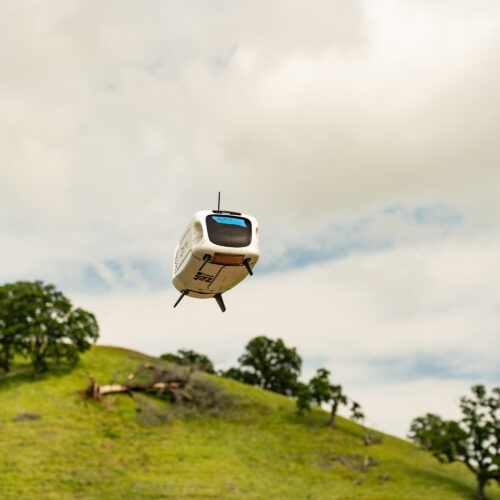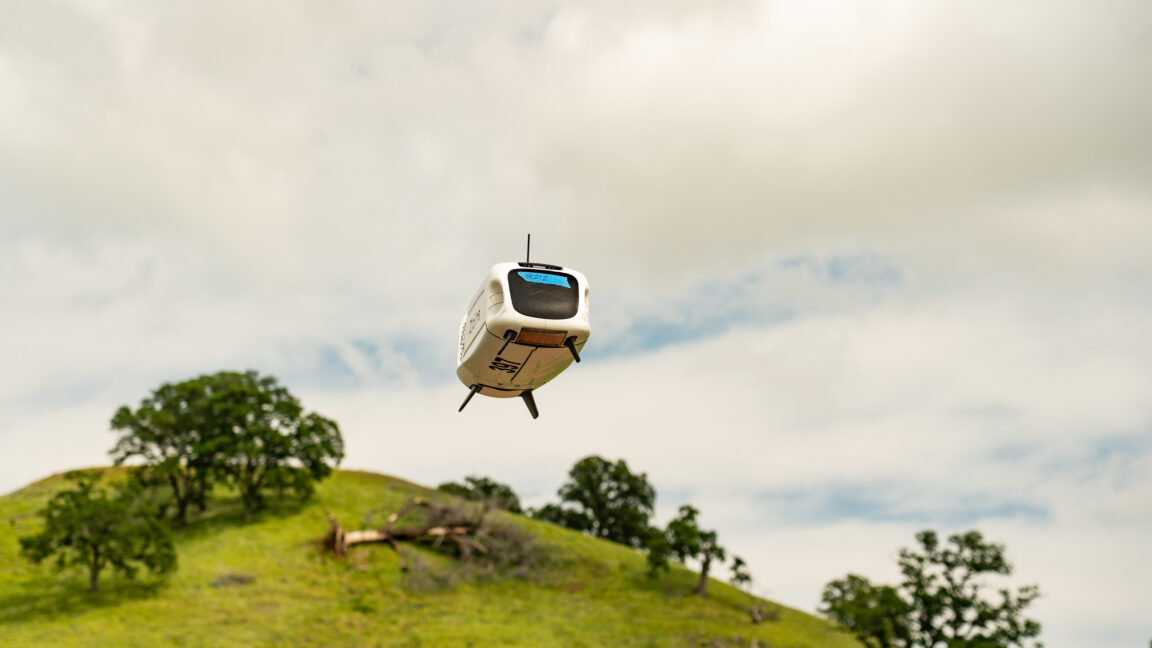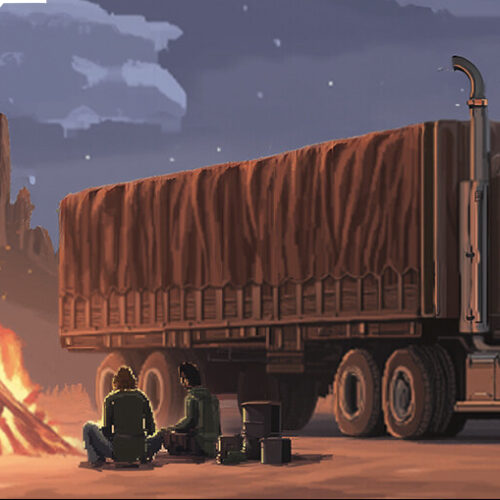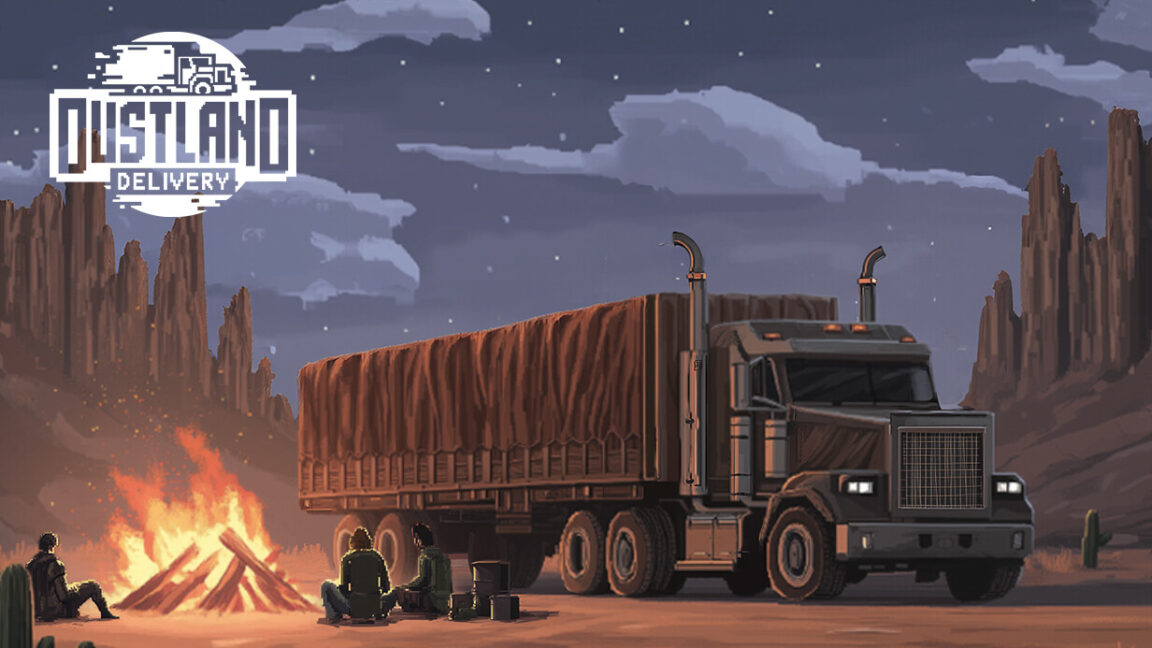Amazon Is Expanding Same-Day Grocery Delivery to Over 2000 Cities

The company says it can currently deliver eggs, milk, and meat all within hours in over 1000 U.S. cities.

REUTERS/Carlo Allegri
Don't expect a robotaxi to deliver your DoorDash order anytime soon.
Autonomous cars are already shuttling riders around some US cities thanks to a partnership between Uber and Waymo, as well as Tesla's own robotaxi offering. They function much like traditional ride-hailing trips: You request a ride through an app and then get in the car once it arrives.
Using AVs to deliver restaurant food and other goods, though, "is actually very different from doing autonomous passenger driving or robotaxis," DoorDash CEO Tony Xu said on the company's earnings call on Wednesday.
"The passenger can walk in and walk out of the car, even if the drop-off or pickup locations aren't perfect," Xu said. Deliveries, by contrast, require a more precise hand-off between the restaurant and the vehicle, requiring companies like DoorDash "to solve for the end-to-end system," he said.
"That's probably the single biggest learning we've had," Xu said on Wednesday.
In April, DoorDash said that it had started making some deliveries in Chicago and Los Angeles with wheeled robots that can navigate sidewalks designed by startup Coco Robotics. DoorDash and Coco previously worked on a pilot program using the robots to make deliveries in Finland through Wolt, DoorDash's international arm.
Xu added that DoorDash's experiments with autonomous delivery "have gone great" and that autonomous delivery is "something we're very excited about."
Riding in an autonomous vehicle is already an option for some ride-hailing users. In June, Tesla launched a limited version of its robotaxi service in Austin with Tesla safety employees in the passenger seat, and has since expanded to San Francisco with safety employees in the driver's seat.
Uber offers fully autonomous rides in Waymos in Atlanta and Austin and has plans to add more self-driving vehicles to its network next year through a partnership with EV-maker Lucid and self-driving technology startup Nuro.
For DoorDash, the challenge is moving burgers, groceries, and other stuff from stores to customers' homes. Many of those items can be delivered in smaller, autonomous vehicles, Xu has said.
"You don't need a 4,000-pound vehicle to deliver a one- or two-pound item or package," Xu said on an earnings call in May.
Do you have a story to share about gig work? Contact this reporter at [email protected] or 808-854-4501.
The Good Brigade/Getty Images
In the last mile, the part of the supply chain that involves transporting goods from a warehouse to a consumer's home, many things could go wrong. A package could end up at the wrong address, shipments could be late due to traffic, or a thunderstorm could damage a parcel left out in the rain.
"You're dealing with humans and the real world and trucks and traffic," said Fred Cook, the cofounder and chief technology officer of last-mile delivery company Veho.
In an area long dominated by carriers like UPS, FedEx, and the US Postal Service, Veho and many other software providers are looking to solve the challenges that pervade this notoriously complex and expensive part of the supply chain. They're using AI to design more efficient delivery routes, improve accuracy and the customer experience, and predict errors before they might happen.
Erik Mattson, a partner in consulting firm AlixPartners' Manufacturing and Operations practice, sees "a big opportunity for AI to help this industry catch up to other industries."
E-commerce sales continue to grow, reaching new highs of $300 billion in the last two quarters. This makes the last mile busier than ever and ripe for a technology disruption. A McKinsey report found that in the last decade, about $80 billion in venture capital went to logistics startups, with on-demand last-mile delivery platforms getting the greatest share of those funds.
Last-mile routes typically involve multiple stops and individual small packages — rather than one truck delivering pallets to a single warehouse — making this supply chain segment difficult to manage efficiently and expensive for the businesses involved. Last-mile delivery makes up an estimated 41% of all logistics costs in the supply chain, according to the Capgemini Research Institute.
One of the earlier applications of routing technology in the last mile was a machine-learning application that UPS launched in 2013 called ORION, or On-Road Integrated Optimization and Navigation. Four years ago, the parcel company rolled out an upgrade to ORION, which shortened routes by an average of two to four miles per driver and rerouted drivers based on changing conditions.
"Historic technologies would be static and run the night before," Mattson said. If orders changed or construction started, the tech wouldn't account for those changes.
Today's AI models, on the other hand, adjust in real time.
"Compared to pre-AI methods that relied on static routing rules or dispatcher intuition, our platform now responds dynamically to real-world conditions at scale," said Andrew Leone, the CEO and cofounder of Dispatch, a last-mile delivery platform.
Dispatch uses AI to plan routes based on factors such as traffic, delivery windows, estimated time per stop, and driver capacity. More efficient routes can lower fuel costs, improve density, and enable more deliveries in a day, increasing revenue for providers.
Amazon has been at the forefront of bringing AI into its last mile, said Jett McCandless, the founder and CEO of project44, a supply chain software platform. Last month, Amazon announced an initiative called Wellspring, which uses generative AI to analyze satellite images, apartment building layouts, street imagery, consumer instructions, and photos from past deliveries. It can recommend which parking spot or apartment building entrance a driver should use to drop off a shipment. In a test this past fall, the tech identified parking spots at 4 million home addresses.
Veho uses AI for quality assurance on its deliveries. In an ideal world, Cook said, an employee dedicated to quality assurance tasks would look at the geocode of where a parcel was left, examine the delivery photo, gather feedback from the driver, and determine if anything should change for future deliveries.
"It's totally infeasible to do that on millions of deliveries. But those are the types of use cases that we see, in the very near term, that AI is ideal for," Cook said.
Delivery data also allows last-mile providers to keep consumers informed. Deliveright, a last-mile delivery service, saw customer service calls drop by 80% due to real-time tracking and more accurate ETAs, according to Doug Ladden, Deliveright's CEO.
Veho said that its large language model, which it created in-house, answers 60% of customer and driver questions and has cut average response times from 2.5 minutes to 15 seconds.
Veho uses AI to pinpoint commonalities among mishaps that occurred during the logistics process, like the same warehouse associate handling multiple packages that resulted in errors, or a trucking company in the middle mile that had damaged items.
The company forecasts the likelihood of issues for specific routes or deliveries. Then it makes decisions based on the patterns, like moving packages to different facilities or increasing rates on a certain route, so drivers will be incentivized to pick them up earlier in the day.
"We've taken that a step further now to where we're trying to predict defects," Cook said.
Swiped packages are a big issue in last-mile deliveries, with 58 million parcels stolen from doorsteps last year amounting to $16 billion in losses, according to a USPS watchdog report.
UPS created an AI-based software, DeliveryDefense, that analyzes historic factors such as loss frequency and delivery attempts. The AI then spots areas that could be targets for porch pirates in the future.
McCandless said AI can predict high-risk areas and times of day, allowing companies to plan delivery schedules and routes accordingly to minimize the chance a package might be stolen.
"AI could play a key role in identifying patterns, helping to prevent theft before it happens," McCandless said.
Wing
Baby wipes and eggs.
Those are two of the top products Wing CEO Adam Woodworth says Walmart shoppers commonly order using his company's drone delivery service.
"The baby wipes one makes total sense to me," he told Business Insider. "It's a problem when you run out."
The reason for eggs' popularity was less obvious to him until he realized customers were most likely testing the technology's handling.
"If you can get eggs delivered and they show up and they're not cracked, you can get pretty much anything delivered," Woodworth said.
Millions more households will soon be able to try drone delivery, as Walmart and Wing announce their largest expansion yet.
The companies said Thursday that they are bringing the service to 100 more US stores across metro areas, including Atlanta, Charlotte, Houston, Orlando, and Tampa. They're also expanding in the Dallas-Fort Worth market, where the tech has been live for the past year and a half.
Woodworth said drone delivery is proving popular in the areas where it is widely available. Thousands of customers are turning to the service each week to purchase everyday items like groceries or household supplies.
"You're cooking dinner and you realize that the recipe called for scallions and you forgot to get them at the store," he said. (Walmart CEO Doug McMillon previously said he used the service to order last-minute cooking wine for dinner without leaving the couch.)
Wing's drones have a payload of five pounds, which means they can carry about half of the 120,000 items typically found at a Walmart Supercenter. In other words, not a gallon of milk, which weighs eight pounds, but a quart to get you through the morning rush.
Wing said the average delivery time is under 19 minutes. Woodworth said the company wants to get that down to 15.
"Something where it would be way faster to get it delivered than to jump in your car and go drive to the store," he said.
(For the parents waiting on baby wipes, that's about two episodes of "Bluey.")
Americans have harbored their suspicions about delivery drones zipping around overhead (some have even shot at them, which is a felony). Woodworth said Wing does demos to get communities more comfortable with the idea.
"The immediate reaction is that negative one," he said. "But over time, the questions go from the negative to 'Okay, well, when is it going to come to my house?'"
The skies around Dallas are about to get a lot more interesting. No, DFW airport isn't planning any more expansions, nor does American Airlines have any more retro liveries to debut. This will be something different, something liable to make all the excitement around the supposed New Jersey drones look a bit quaint.
Zipline is launching its airborne delivery service for real, rolling it out in the Dallas-Fort Worth suburb of Mesquite ahead of a gradual spread that, if all goes according to plan, will also see its craft landing in Seattle before the end of the year. These automated drones can be loaded in seconds, carry small packages for miles, and deposit them with pinpoint accuracy at the end of a retractable tether.
It looks and sounds like the future, but this launch has been a decade in the making. Zipline has already flown more than 1.4 million deliveries and covered over 100 million miles, yet it feels like things are just getting started.


© Tim Stevens
Road trips with just two people always have their awkward silences. In Dustland Delivery, my character, a sharpshooter, has tried to break the ice with the blacksmith he hired a few towns back, with only intermittent success.
Remember that bodyguard, the one I unsuccessfully tried to flirt with at that bar? The blacksmith was uninterested. What about that wily junk dealer, or the creepy cemetery? Silence. She only wanted to discuss "Abandoned train" and "Abandoned factory," even though, in this post-apocalypse, abandonment was not that rare. But I made a note to look out for any rusted remains; stress and mood are far trickier to fix than hunger and thirst.
Dustland Delivery, available through Steam for Windows (and Proton/Steam Deck), puts you in the role typically taken up by NPCs in other post-apocalyptic RPGs. You're a trader, buying cheap goods in one place to sell at a profit elsewhere, and working the costs of fuel, maintenance, and raider attacks into your margins. You're in charge of everything on your trip: how fast you drive, when to rest and set up camp, whether to approach that caravan of pickups or give them a wide berth.


© Lilith Games